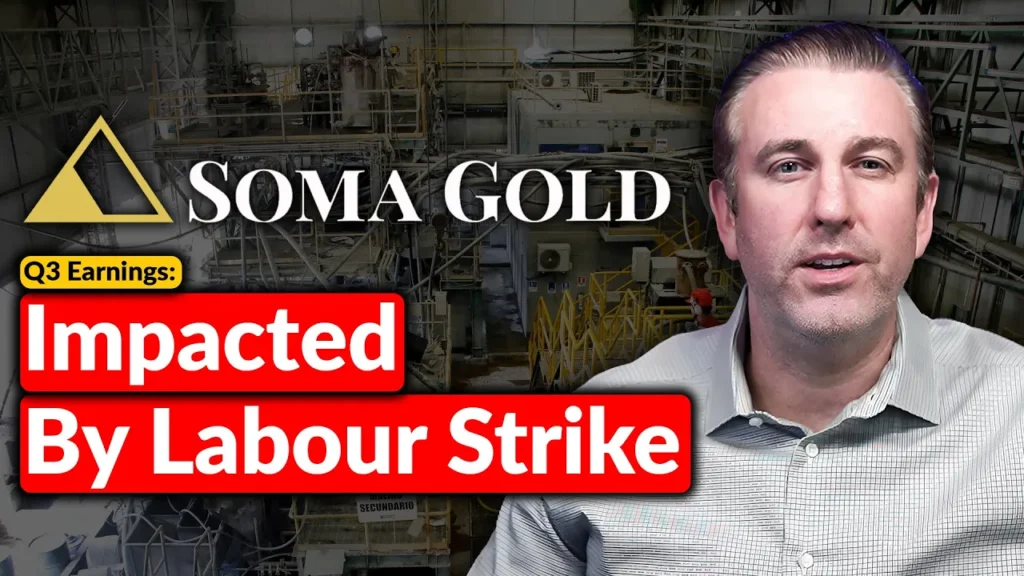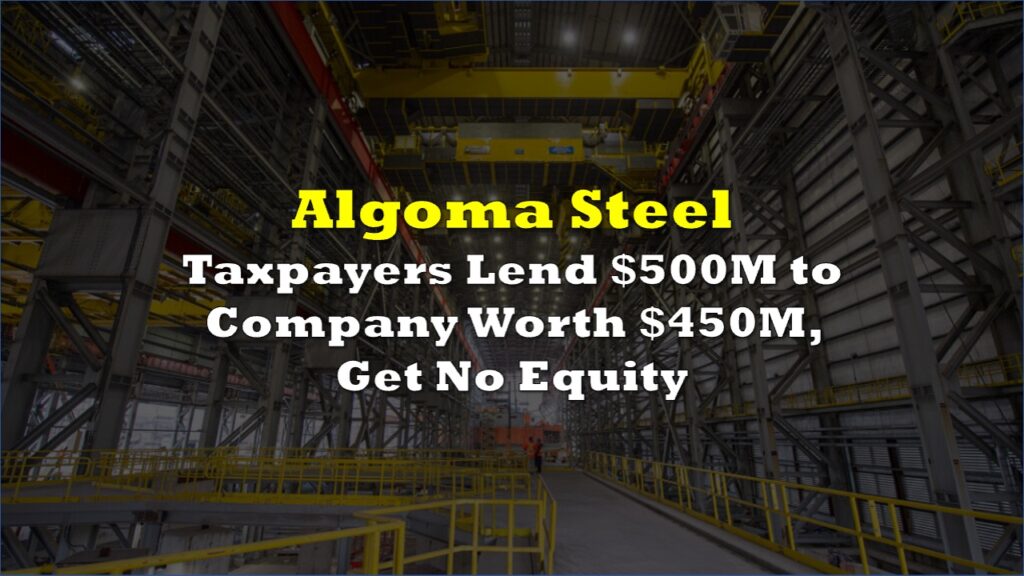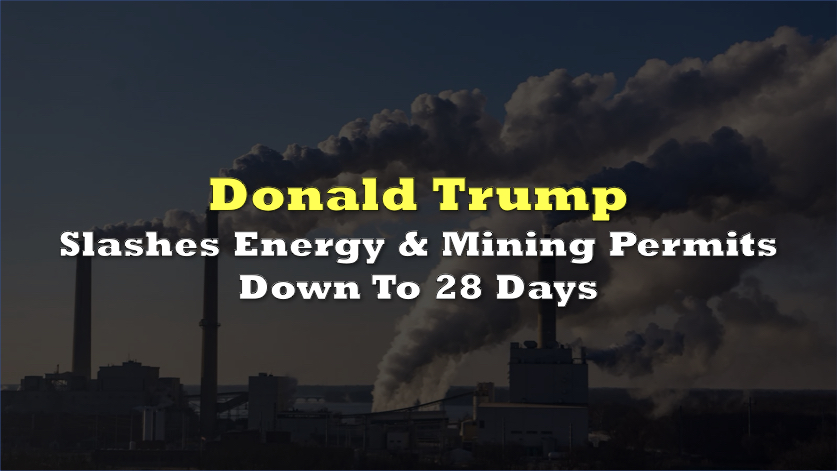In a move surprising no one yet has the potential to rock North American economics, U.S. President-elect Donald Trump announced sweeping tariffs on Canada, Mexico, and China, signaling an aggressive economic policy aimed at curbing illegal immigration and drug trafficking.
The plan includes a 25% tariff on all goods from Canada and Mexico and an additional 10% tariff on Chinese imports, with Trump declaring that these measures will remain until the nations “solve” their roles in drug and immigration issues.
President-Elect Donald J. Trump has announced that on his First Day in Office, he will sign an Executive Order which places a 25% Tariff on all Products coming into the United States from Canada and Mexico; with these Tariffs remaining in place until both Countries are able to… pic.twitter.com/aEHrVJFDsT
— OSINTdefender (@sentdefender) November 26, 2024
Trump’s announcement framed the tariffs as a tool to pressure Canada and Mexico to take stronger measures against the flow of illegal drugs, particularly fentanyl, and curb illegal immigration into the U.S.
“Both Mexico and Canada have the absolute right and power to easily solve this long-simmering problem,” Trump stated on his social media platform.
He also added that China, which he accused of being a source of fentanyl precursors, had failed to implement promised measures, warranting further economic penalties.
The tariffs, set to take effect on January 20—his first day in office—are unprecedented in their scope. Economists estimate that the tariffs on Canadian and Mexican goods alone represent a $210 billion tax increase on U.S. imports, equivalent to 0.6% inflationary pressure on consumer prices. Combined with the additional 10% tariff on China, this figure rises to 0.75%, translating to an estimated loss of $1,180 in annual after-tax income per U.S. household.
A broad 25% tariff on all goods imports from Canada and Mexico would, before substitution & other 2nd stage effects, put upward pressure on the level of consumer prices of +0.6%. That's the equivalent of an average loss in after-tax income of about $980 per household in 2023$. https://t.co/SlIBEPSBo4
— Ernie Tedeschi (@ernietedeschi) November 25, 2024
Economic impact
Trump’s proposed tariffs could unleash significant economic consequences across North America. Canada and Mexico are the United States’ two largest trading partners, accounting for a combined $900 billion in imports in 2023. A blanket 25% tariff would drastically disrupt trade flows, raise prices for U.S. consumers, and strain industries dependent on cross-border supply chains.
The economic ramifications of these tariffs are already becoming apparent. The Canadian dollar fell sharply in foreign exchange markets following the announcement, with the U.S. dollar climbing to C$1.416 from C$1.3985.
In Canada, where 75% of exports head to the U.S., the tariffs threaten to destabilize key industries, including energy, automotive, and agriculture.
“The president-elect has done what he’s famous for, which is try to stir the debate. The only surprise is how early he’s done it,” said Flavio Volpe, president of Canada’s Automotive Parts Manufacturers’ Association. “What we learned in the first term was he uses strong rhetoric, public rhetoric. But the negotiations are always tough, but reasonable – and I’m just telling everybody to be patient.”
Volpe also noted that such a tariff would significantly disrupt supply chains, pushing up costs for manufacturers and consumers alike.
For the U.S., the effects could be equally disruptive. The tariff would likely increase prices on consumer goods, particularly fresh produce, vehicles, and energy. Mexico, which overtook Canada as the U.S.’s top trading partner in 2023, exported approximately $480 billion in goods to the U.S. last year. Mexican agricultural products, in particular, play a crucial role in U.S. supply chains. In 2023, Mexico supplied 63% of U.S. vegetable imports and 47% of fruit and nut imports. A 25% tariff would likely increase grocery prices for American consumers, leading critics to label it a “fruit and vegetable tax.”
Moreover, Mexico is a key manufacturing hub for industries like automobiles, electronics, and medical equipment. With tariffs in place, U.S. manufacturers could face higher production costs and delayed supply chains, impacting their competitiveness in global markets.
Enjoy your fruit & vegetable tax, everyone. https://t.co/5UP9CNeSMG pic.twitter.com/hU2P6k0rVl
— Scott Lincicome (@scottlincicome) November 25, 2024
In the energy sector, Canada’s role as the U.S.’s largest foreign supplier of crude oil and natural gas could make the tariffs particularly painful. “All it would do is raise our costs and not help anything with more American jobs,” said Trump’s former Commerce Secretary Wilbur Ross. Canada is the largest external supplier of crude oil to the U.S., and energy products accounted for $131.91 billion in Canadian exports to the U.S. in 2023. Ross noted that such a tariff would raise costs for American consumers without creating more domestic jobs, potentially backfiring on Trump’s economic goals.
Trump’s additional 10% tariff on Chinese goods reignites tensions from the 2018-2019 U.S.-China trade war. During his first term, Trump imposed tariffs on $360 billion worth of Chinese goods, disrupting global markets and prompting retaliatory measures from Beijing. These tariffs contributed to a slowdown in global trade and added billions to U.S. consumer costs.
China remains a critical supplier for U.S. industries, providing electronics, machinery, and raw materials essential for manufacturing. Experts warn that renewed tariffs could exacerbate existing supply chain issues, particularly as businesses are still recovering from the disruptions caused by the COVID-19 pandemic.
The cost of tariff threats
Trump’s tariff threats are reminiscent of his first term, during which trade disputes with China and other nations roiled global markets. Economists have long criticized his reliance on tariffs, citing studies that link trade policy uncertainty to reduced U.S. investment. A 2018 study in the Journal of Monetary Economics estimated that Trump’s tariff threats reduced aggregate U.S. investment by $23 to $47 billion that year alone.
Reminder: tariff threats also have economic costs – big ones. https://t.co/fuLwdNuY29 pic.twitter.com/A4YoH0R9AG
— Scott Lincicome (@scottlincicome) November 26, 2024
Critics argue that the broad scope of these new tariffs reflects a misunderstanding of the interconnected nature of North American economies. Scott Lincicome, Vice President at Cato Institure, pointed out that trade wars during Trump’s first term often followed a pattern. The president posts a tariff threat, prompting widespread panic among governments and companies. This would lead to a scramble to craft a solution allowing Trump to claim victory without implementing significant changes.
Ultimately, the crisis would subside without the tariffs being enacted, Trump would declare triumph, and his supporters would celebrate. However, years later, it often became apparent that the entire episode was an expensive and largely performative charade.
Domestically, Trump’s announcement has been polarizing. Supporters see the tariffs as fulfilling his “America First” promise. “This is a great way for Trump to effect foreign policy changes even before he takes office,” posted investor Bill Ackman. Critics, however, warn of the economic and diplomatic risks.
Trump’s reasoning centers on his long-standing belief that trade deficits and border security are inherently linked. His rhetoric echoes themes from his first term, where he portrayed foreign nations as exploiting the United States while failing to address issues like immigration and drug smuggling. On his social media platform, Trump wrote, “Right now, a caravan coming from Mexico, composed of thousands of people, seems to be unstoppable in its quest to come through our currently open border.” He accused both Canada and Mexico of failing to curb illegal activity and stated that his administration would impose tariffs as leverage to force compliance.
Similarly, Trump pointed to fentanyl as a pressing issue, blaming Mexico for its smuggling into the U.S. and accusing China of supplying the precursor chemicals. “I have had many talks with China about the massive amounts of drugs, in particular fentanyl, being sent into the United States,” Trump wrote, adding that China had failed to follow through on its promises to enforce harsher penalties for drug traffickers. His 10% tariff on Chinese goods aims to penalize Beijing for what he describes as “inaction.”
As the inauguration approaches, businesses, governments, and consumers are bracing for the fallout. While Trump has a history of using tariffs as a negotiating tactic, the scale of this latest announcement represents a significant escalation. Whether these tariffs will be implemented or serve as a bargaining chip remains unclear, but the risks are enormous.
Information for this briefing was found via the sources mentioned. The author has no securities or affiliations related to this organization. Not a recommendation to buy or sell. Always do additional research and consult a professional before purchasing a security. The author holds no licenses.









